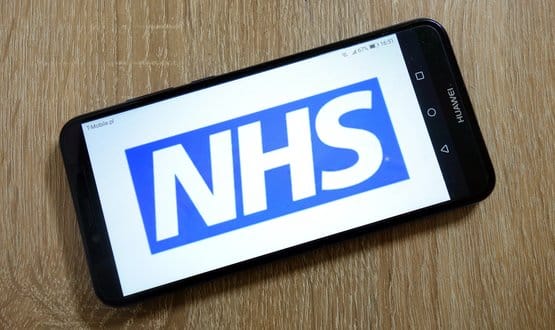NHS 111 online hits one million triage since 2017 launch

NHS 111 online has been used more than one million times since it was launched in December 2017.
The free service allows people to ask simple questions about their symptoms and directs them to the right place to get help. It can be accessed through the NHS website or the NHS App.
The triage process usually takes about two minutes and patients may even be able to book a call from an urgent care service, if necessary.
Patients receive the best advice for them from the full spectrum of services available – from 999 to self-care advice.
NHS Digital’s latest data shows around 13% of all NHS 111 online journeys end with self-care advice, almost half (48%) of all triages direct users to contact primary care and about a quarter (24.7%) of journeys end with instructions to ring 999 or attend A&E.
In total 6.8% are advised to seek dental treatment and 7.4% are given other treatment dispositions, including speaking to a pharmacist.
The most common symptoms for which people use NHS 111 online are related to abdominal pain and dental problems.
Debbie Floyd, head of the NHS 111 online programme at NHS Digital, said: “This is a significant milestone for the programme and shows how the service is helping so many patients across England. It’s great to see so many people using the service and the different clinical pathways that patients can access.”
Digital Health News reported in 2015 about how NHS England was testing an online version of non-emergency phone service NHS 111.





2 Comments
Harry, it is far worse than you think as the types of patient using the app will be those with less serious needs. Most patients with a very serious condition will tend to ring 999 first rather than using an app. So a quarter of patients self selected to have less serious need going to A&E is appalling.
So an astonishing 24.7% of users are advised to ring 999 or attend A&E. Has anyone in NHS Digital worked out the cost of patients heeding this advice? Because it makes online even more expensive than NHS 111 by telephone, which sends 15% down the emergency route… while real GPs on similar demand are around 1%.
Comments are closed.